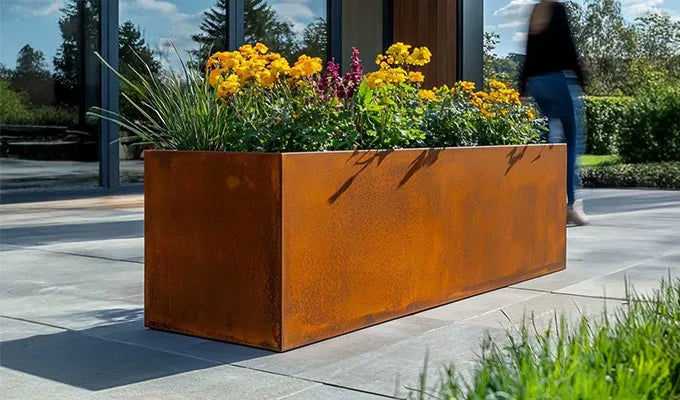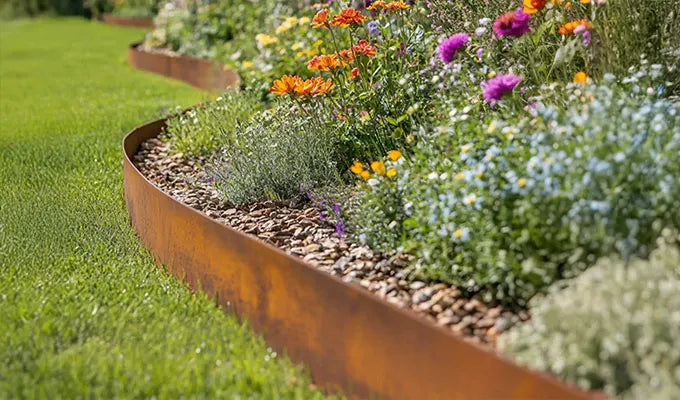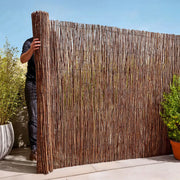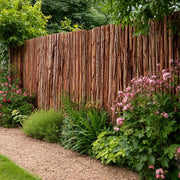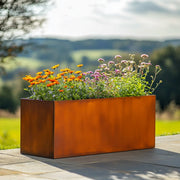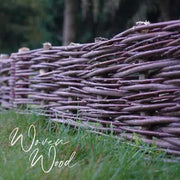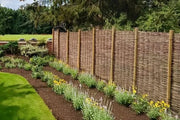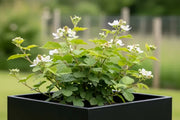The Ultimate Asparagus Growing Guide
Asparagus, with its distinctive flavour and elegant spears, is a revered crop amongst British gardeners. While traditionally associated with large kitchen gardens, it can be successfully cultivated even in more confined spaces, making it a viable option for many homes across the English landscape. Despite its reputation for being a challenging crop, patience and proper care will reward you with delicious harvests for well over a decade.
Growing Asparagus in Planters
For those with limited ground space or heavy, unsuitable soil, growing asparagus in planters is an excellent alternative. The key is to choose large, deep containers – ideally at least 40-50cm (16-20 inches) in both width and depth per plant, or a trough of similar dimensions for multiple plants. This ample space is crucial to accommodate the extensive root system asparagus develops. Ensure your chosen planters have sufficient drainage holes to prevent waterlogging, which asparagus roots despise. Use a good quality, free-draining multi-purpose compost, enriched with well-rotted manure or garden compost. While growing in pots allows for mobility, choose their final, sunny spot wisely as moving large, established planters can be cumbersome.
How to Grow Asparagus
Asparagus is typically grown from one-year-old 'crowns' rather than seeds, as crowns significantly reduce the time to first harvest. Seeds can take an extra year or two to establish, though they offer a wider choice of varieties. Choose an open, sunny site with well-drained soil. In autumn or early spring, prepare the bed by digging a trench about 20-30cm (8-12 inches) deep and 30cm (12 inches) wide. Create a mound of soil along the bottom of the trench. Place the asparagus crowns on top of these mounds, spreading their 'tentacles' carefully. Space crowns about 30-45cm (12-18 inches) apart. Cover the crowns with a few centimetres of soil, gradually filling the trench as the spears emerge throughout the spring.
For container growing, simply create a small mound in the centre of your large pot or along the length of your trough, spreading the crown's roots over it before covering with compost.
Ongoing Care and Maintenance
Watering: Keep the plants well-watered, particularly during dry spells and in their first two years of establishment. Consistent moisture is vital, but avoid overwatering. Weeding: Asparagus hates competition. Keep the bed or planters meticulously weed-free, as weeds can quickly suppress growth and compete for nutrients. Hand weeding is often preferred to avoid disturbing the shallow roots. Feeding: In early spring, apply a balanced general fertiliser or a good layer of well-rotted compost around the plants. A repeat feed after harvesting can also be beneficial. Pests and Diseases: Asparagus beetles can be a nuisance, chewing on spears and foliage. Inspect plants regularly and remove beetles by hand. Rust is another potential issue, characterised by orange spots on foliage; good air circulation and resistant varieties can help.
Flowering and Fruiting of Asparagus Plants
Asparagus plants are dioecious, meaning individual plants are either male or female. Male plants generally produce more and thicker spears as they do not expend energy on seed production. Female plants, however, will produce berries. After the harvesting period, the asparagus spears are left to grow into tall, fern-like foliage, often referred to as 'trousers'. This foliage is essential for the plant to photosynthesise and build up energy in its roots for the following year's crop.
It is during late summer and early autumn that the female plants will develop small, inconspicuous flowers, followed by bright red berries. These berries are the 'fruit' of the asparagus plant and contain its seeds. While attractive, these berries are not edible for humans and should not be consumed. They are primarily for the plant's reproduction. In fact, if you wish to maximise spear production, many gardeners choose to only grow male varieties (e.g., 'Guelph Millennium', 'Jersey Giant') as female plants put energy into berry production rather than developing more or larger spears. If you find female plants producing berries, you might consider removing them to redirect energy back to the roots, though this is less critical than allowing the fern to grow.
Harvesting Your Crop
Patience is key with asparagus. Do not harvest any spears in the first year after planting crowns. In the second year, you can harvest for a short period, perhaps 2-4 weeks. From the third year onwards, you can enjoy a full harvest season, typically from late April to mid-June, or until the spears become thin. Cut or snap the spears when they are about 15-20cm (6-8 inches) tall, just below ground level or where they snap easily. Stop harvesting when the spears become pencil-thin, allowing the remaining spears to grow into ferns.
Winter Care
Once the fern-like foliage turns yellow and dies back in late autumn, cut it down to ground level. This helps to prevent diseases from overwintering. Apply a mulch of well-rotted compost or manure over the asparagus bed or planters. This will protect the crowns from winter cold, suppress weeds, and enrich the soil, preparing them for another delicious harvest next spring.


